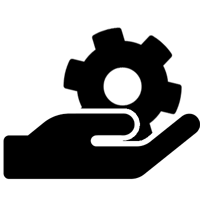McLanahan Filter Presses a Sustainable Solution to Fine Material Waste
Aggregate and minerals processing producers typically send the fine material waste from their wet processing plant to settling ponds or tailings dams, which provide a space for the solid material to settle and allow the recovery of reusable water.
Usually, these ponds are difficult and costly to manage in terms of maintenance, since full ponds require the periodic removal of material. Permitting new ponds to hold the additional fine material waste can be a challenge as well. Ponds can also take up quite a bit of valuable land space, potentially covering up mineable reserves.
McLanahan Resource Center
Filter Press
At McLanahan, we aren't just here to sell you equipment - we're here to make sure that you're going to be up and running, creating material and making money. We provide our dealers and customers with educational resources to properly use, service and support their equipment. From debunking myths and system comparisons to case studies and history, here are a few of the resources available to you about McLanahan Filter Presses.
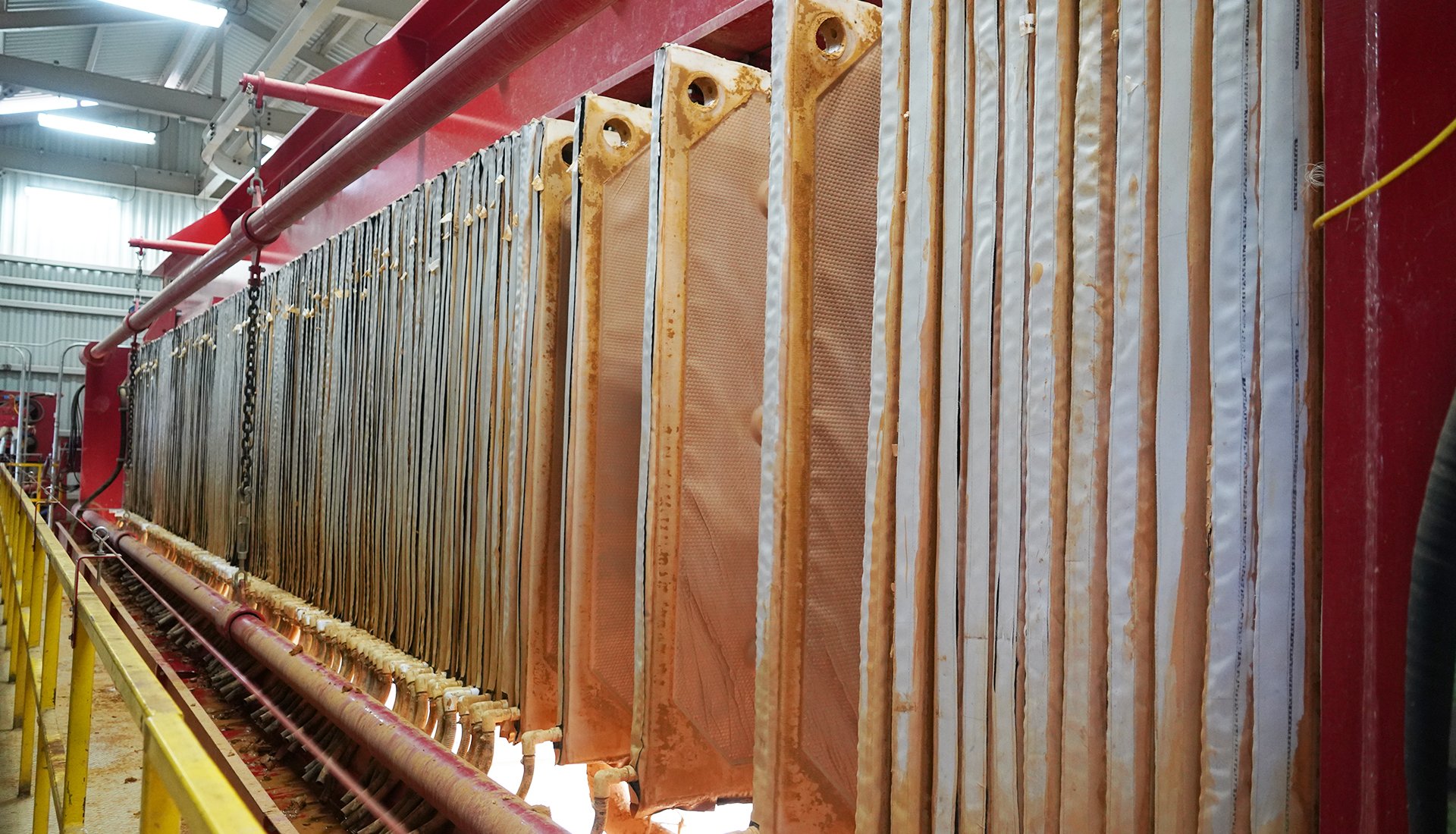
MS Industries Eliminates Need for Settling Ponds with McLanahan Thickener and Filter Press
Read how MS Industries was not only able to eliminate their pond but turn a waste material into a profitable product with the McLanahan Filter Press.
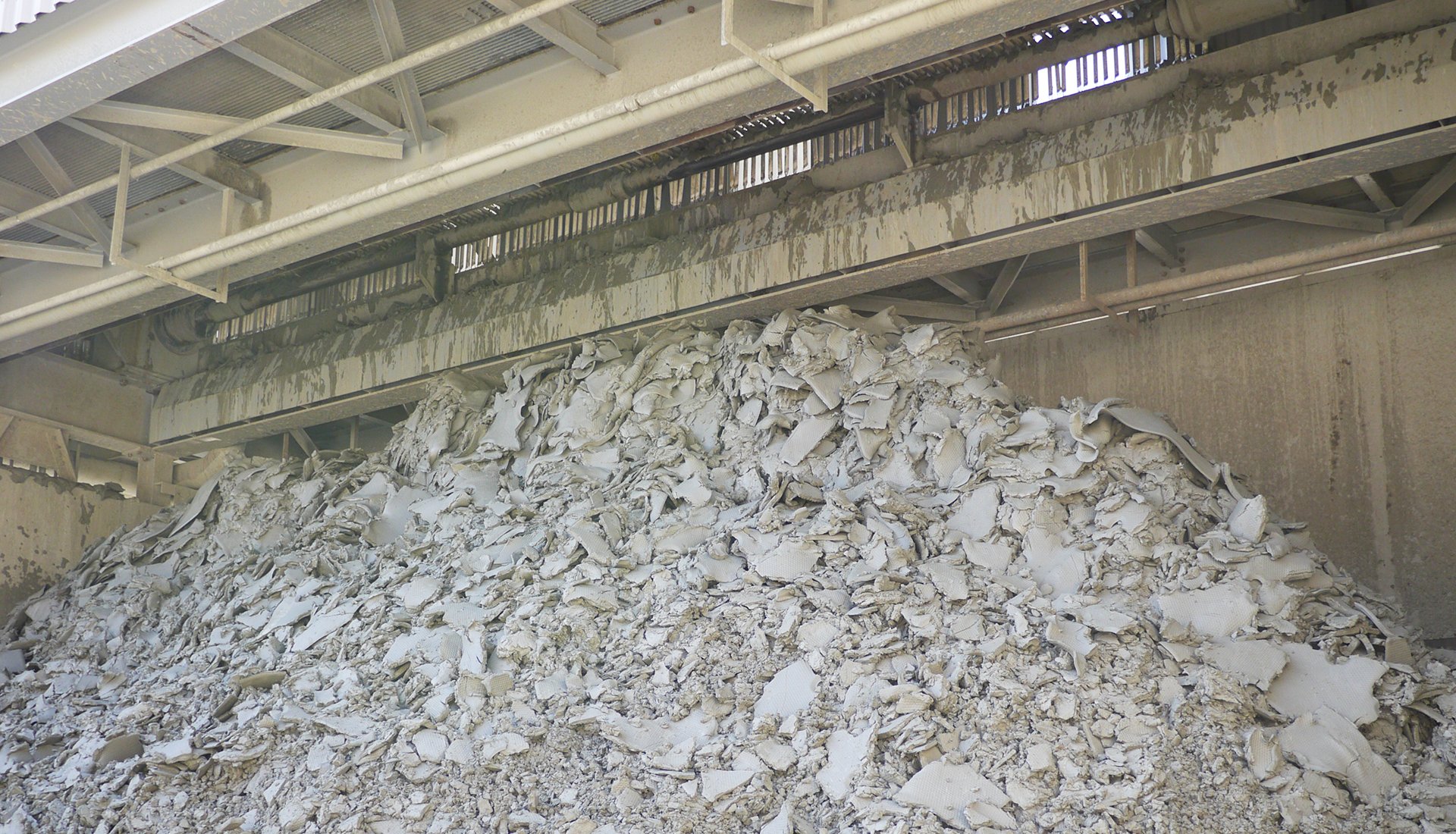
Stevens Creek Quarry Eliminates Settling Pond Problems Once and for All with McLanahan Filter Press
After dreading the monthly drain and clean out of the quarry's settling pond, Stevens Creek sought a solution to eliminate their pond usage and the expense of that maintenance.
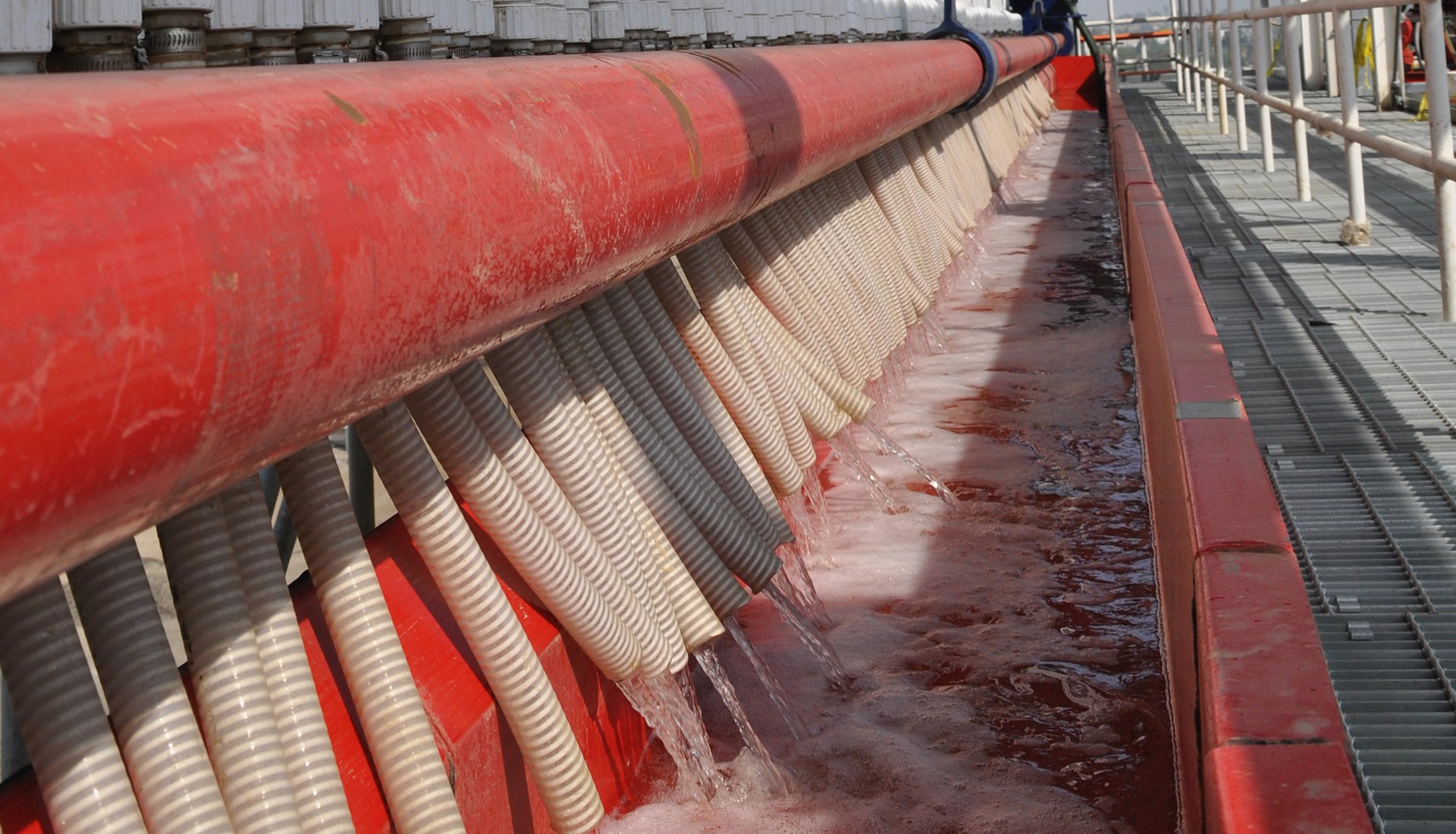
7 Key Options to Consider When Sizing a Filter Press
With Filter Presses being used in many product manufacturing processing systems and for a range of purposes depending on the site, many equipment options are available.

Operational Benefits of a Thickener and Filter Press
Join members of McLanahan's Wet Processing team as they discuss the operation of Thickeners and Filter Presses. They'll discuss how these solutions can help to recover, reuse and save water on your site.
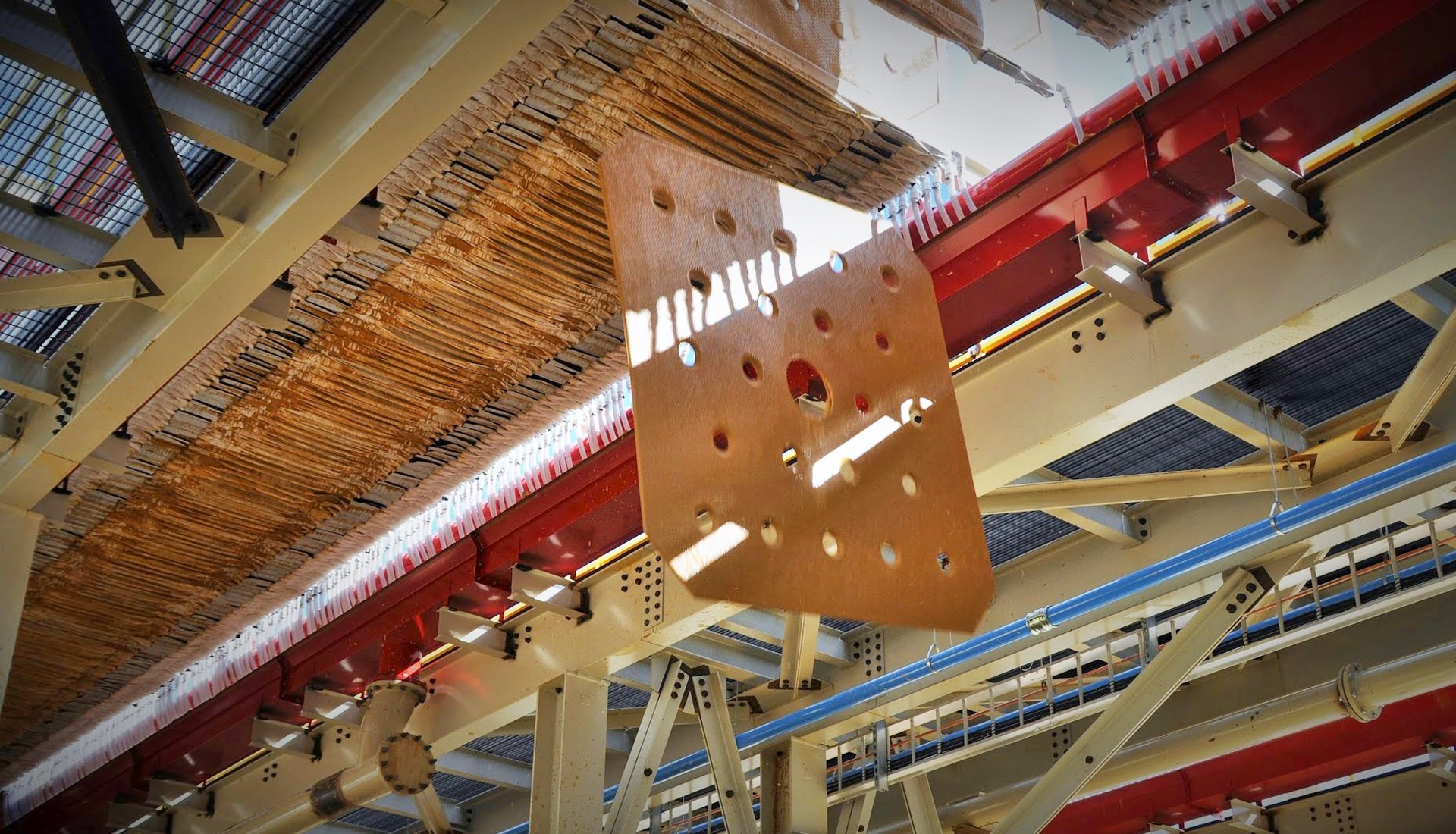
Debunking the Biggest Myths About Filter Presses
Even with a long history of use, there are several common misconceptions about Filter Presses. Continue reading as we discuss many of these common myths and why they are not true.
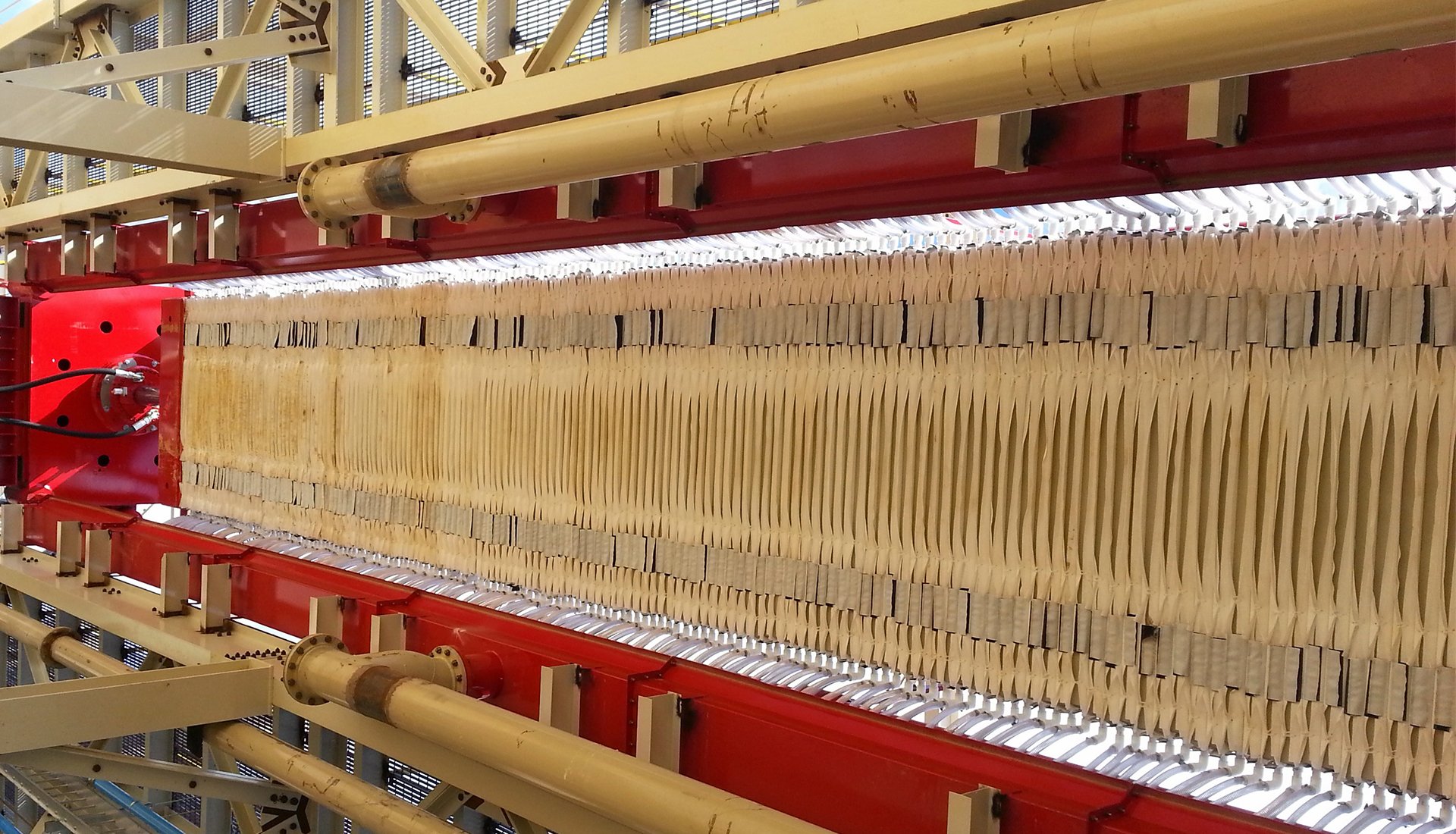
Factors Affecting Filter Press Cycle Time
The time is takes for a Filter Press to perform one cycle of dewatering slurry material can be greatly affected by eight key factors. Download our infographic to see what these factors are and how to ensure that one of these factors isn't slowing down production with your Filter Press.
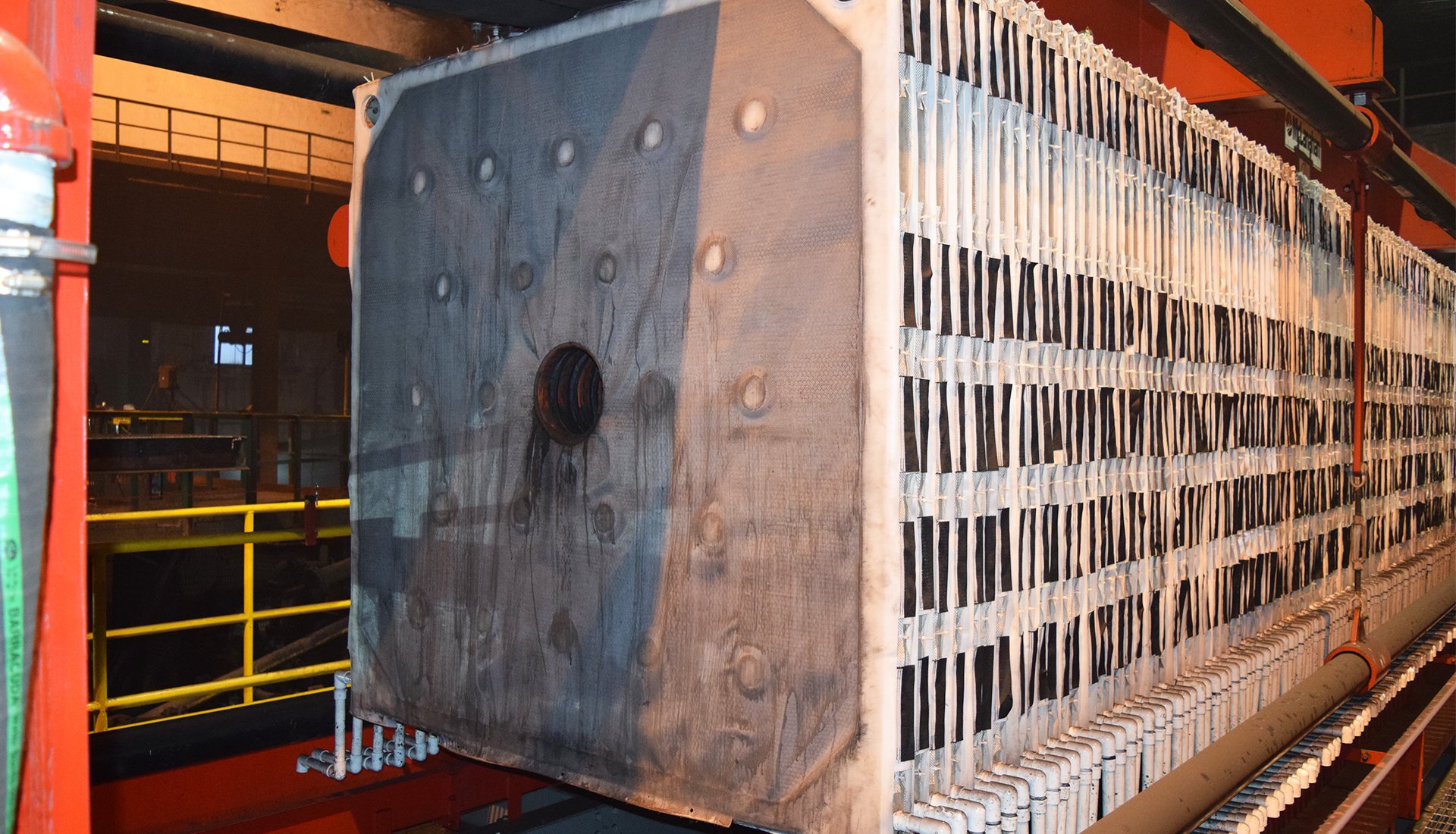
Why is Filter Press Core Blow Needed?
Learn how performing a core blow on a Filter Press can help to eliminate the wet slurry from falling into your dewatered cake piles and reduce the wear on your filter cloths.

The History of the Filter Press
The Filter Press dates back thousands of years and has been used in many applications for the purpose of dewatering materials. Continue reading to learn more about the history of the press and how it has changed over the years.
Belt Filter Presses vs. Recessed Plate Filter Presses: 4 Key Differences
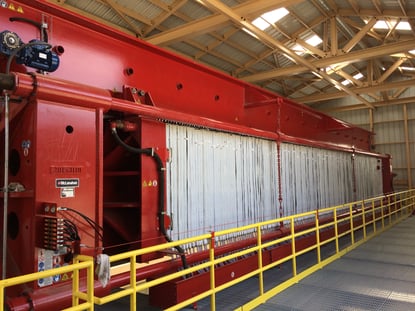
Belt filter presses and recessed plate filter presses are both used to separate solids and liquids in slurries in a variety of applications, including the aggregate and mining industries.
The similarities between the two pieces of equipment end there, however. Besides design and how they work, belt filter presses and recessed plate filter presses differ in four key areas, which are outlined below.
Belt Filter Presses
Belt filter presses are a type of equipment used to separate solids and liquids in slurries.
The slurry is continuously fed to a delivery zone/box, then forced between two moving porous belts. The belts pass over and under rollers of various diameters, forcing the liquid to be squeezed out of the slurry while the solid cake material is retained between the belts. Increased pressure is created as the belt passes over rollers of decreasing diameter.
Visit our website to continue reading.How an Overhead Beam Filter Press Works



